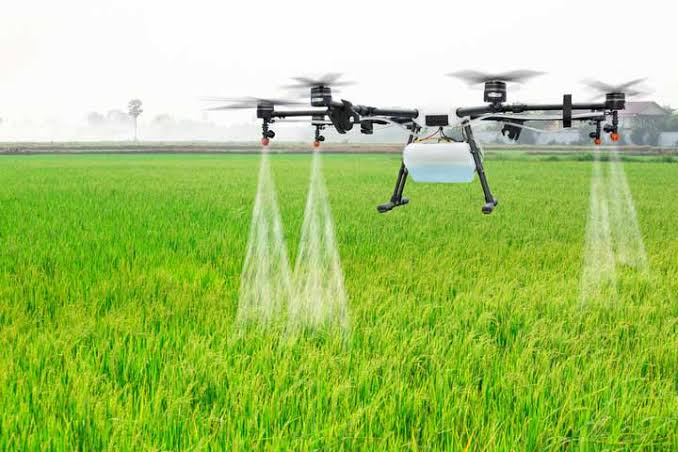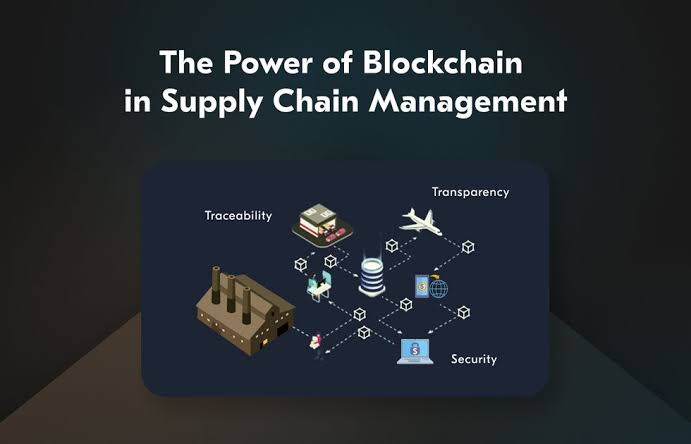In July 2025, the agriculture industry is undergoing a significant transformation fueled by cutting-edge technologies. Among the most influential innovations is the use of drones, also known as Unmanned Aerial Vehicles (UAVs). Once associated mainly with military or recreational use, drones have now firmly established themselves as essential tools in the toolkit of modern farmers. Their ability to capture real-time aerial data, automate labor-intensive tasks, and improve crop management is revolutionizing farming practices around the world.
As food demand continues to increase due to population growth and climate-related challenges, drone technology is helping agriculture become more data-driven, efficient, and sustainable. Whether on large industrial farms or smaller rural plots, drones are enabling a new level of precision that was nearly impossible a decade ago.
Enhancing Crop Monitoring and Health Assessment
One of the most common uses of drones in agriculture today is for crop monitoring and health assessment. Traditional field scouting is time-consuming and may miss critical early signs of crop stress or disease. Drones, equipped with high-resolution cameras and multispectral sensors, can fly over large fields in minutes and capture detailed images that reveal crop conditions with unmatched clarity.
Using aerial imagery, farmers can:
- Detect nutrient deficiencies or pest infestations early
- Measure plant growth and canopy development
- Identify areas of uneven irrigation
- Monitor for signs of disease long before they’re visible to the naked eye
These insights allow for quicker and more targeted interventions, leading to higher yields and reduced waste.
Supporting Precision Agriculture
Drones are a central part of the broader movement toward precision agriculture—a method of farming that uses data and automation to manage crops more efficiently. By analyzing drone-generated data, farmers can make more informed decisions about where to plant, irrigate, fertilize, or apply pesticides.
Key precision agriculture tasks supported by drones include:
- Soil health mapping: Infrared sensors help determine soil moisture and composition.
- Variable rate application: Drones guide tractors or sprayers to apply the right amount of input to the right spot, minimizing overuse.
- Field zoning: Data is used to divide fields into management zones for customized treatment.
This level of specificity helps reduce costs, conserve resources, and protect the environment—all while increasing profitability.
Streamlining Planting and Spraying Operations
Advanced agricultural drones today can do more than just observe—they can act. Specialized models now perform seeding, fertilization, and crop spraying tasks with remarkable precision. In remote or rugged terrains where machinery may not be practical, drones offer a flexible and cost-effective solution.
For instance:
- Seed-planting drones are being used to replant forests or introduce cover crops into hard-to-reach areas.
- Spraying drones equipped with smart navigation systems can target problem spots with fertilizers, pesticides, or fungicides while avoiding healthy areas. This reduces chemical runoff and ensures better coverage.
These capabilities not only save time and labor but also reduce exposure of farm workers to hazardous chemicals.
Improving Livestock Monitoring
Beyond crops, drones are increasingly used in livestock farming. Equipped with thermal imaging and live video feeds, drones help farmers:
- Track herd locations and movement patterns
- Identify injured or missing animals
- Monitor water troughs and feeding stations
- Inspect fences and pasture conditions
With fewer human patrols needed, this results in more efficient and less disruptive animal management. In large grazing operations, especially in regions like Canada, Australia, or South America, drones save countless hours of manual labor while improving oversight.
Aiding Disaster Response and Insurance Assessments
Weather remains a significant risk in agriculture, from floods and droughts to storms and wildfires. Drones play a key role in damage assessment after extreme weather events by capturing fast and accurate visuals of affected areas. This helps farmers document losses and expedite insurance claims.
In some cases, drone data can even be used proactively to mitigate risks. For example, early detection of dry zones or weak spots in irrigation lines can prevent crop losses before a drought hits.
Environmental and Sustainability Benefits
With growing attention on sustainable farming, drones help strike a balance between productivity and environmental responsibility. By reducing the overuse of fertilizers and pesticides, drones minimize pollution and help maintain soil health. Precision spraying also helps preserve beneficial insects and surrounding ecosystems.
Additionally, drone data supports conservation efforts such as monitoring deforestation, mapping wetlands, and tracking biodiversity on agricultural lands. These applications are crucial as more farms move toward regenerative and eco-friendly practices.
Challenges and Considerations
Despite their advantages, drones in agriculture come with a few challenges that need to be addressed:
- Cost of entry: High-end agricultural drones and sensors can be expensive, especially for smallholder farmers.
- Technical skills required: Operating drones and interpreting the data requires training and sometimes collaboration with agronomists or tech specialists.
- Regulatory constraints: Different countries have varying regulations around drone use, airspace permissions, and data privacy.
- Battery life limitations: Most drones can only fly for 20 to 40 minutes before needing a recharge, which may limit their use in very large farms.
However, as drone technology becomes more affordable, user-friendly, and integrated with farm management platforms, these barriers are steadily being reduced.
The Future of Drones in Agriculture
Looking ahead, drones will play an even more vital role in the evolution of farming. Integration with AI and machine learning will allow drones to automatically identify problems and even make decisions. Swarm drone systems—where multiple drones operate collaboratively—could manage vast farmlands simultaneously. And the rollout of 5G and satellite internet access in rural areas will enhance real-time data transmission and control.
Autonomous drone fleets may one day handle planting, spraying, and harvesting without human intervention. This will mark a major milestone in achieving fully automated smart farms.
Final Thoughts
Drones are no longer futuristic concepts in agriculture—they are practical, proven tools reshaping how food is grown and managed. Their ability to provide instant, precise, and actionable insights is empowering farmers to make smarter, more sustainable decisions.
As climate concerns, resource pressures, and food security challenges grow in 2025, the role of drones will only expand. For forward-thinking agricultural professionals, embracing drone technology is no longer optional—it’s essential for long-term success and resilience in the modern farming landscape.



